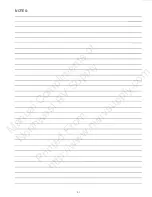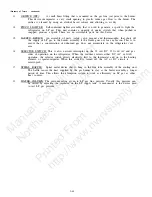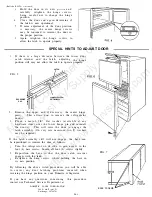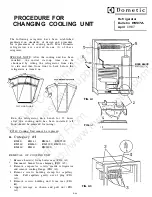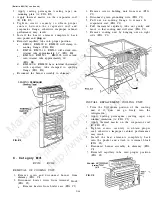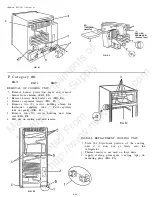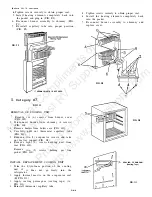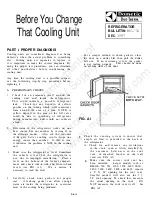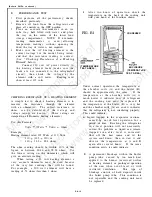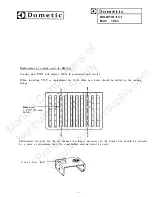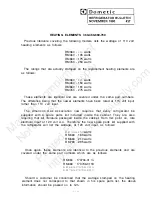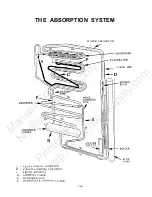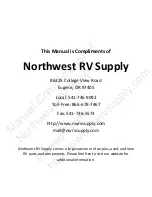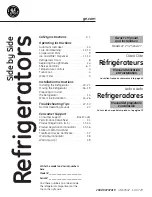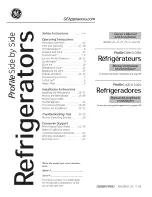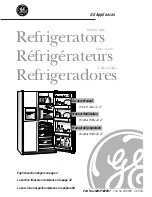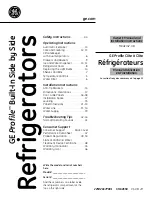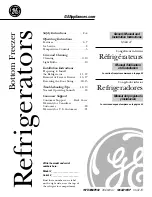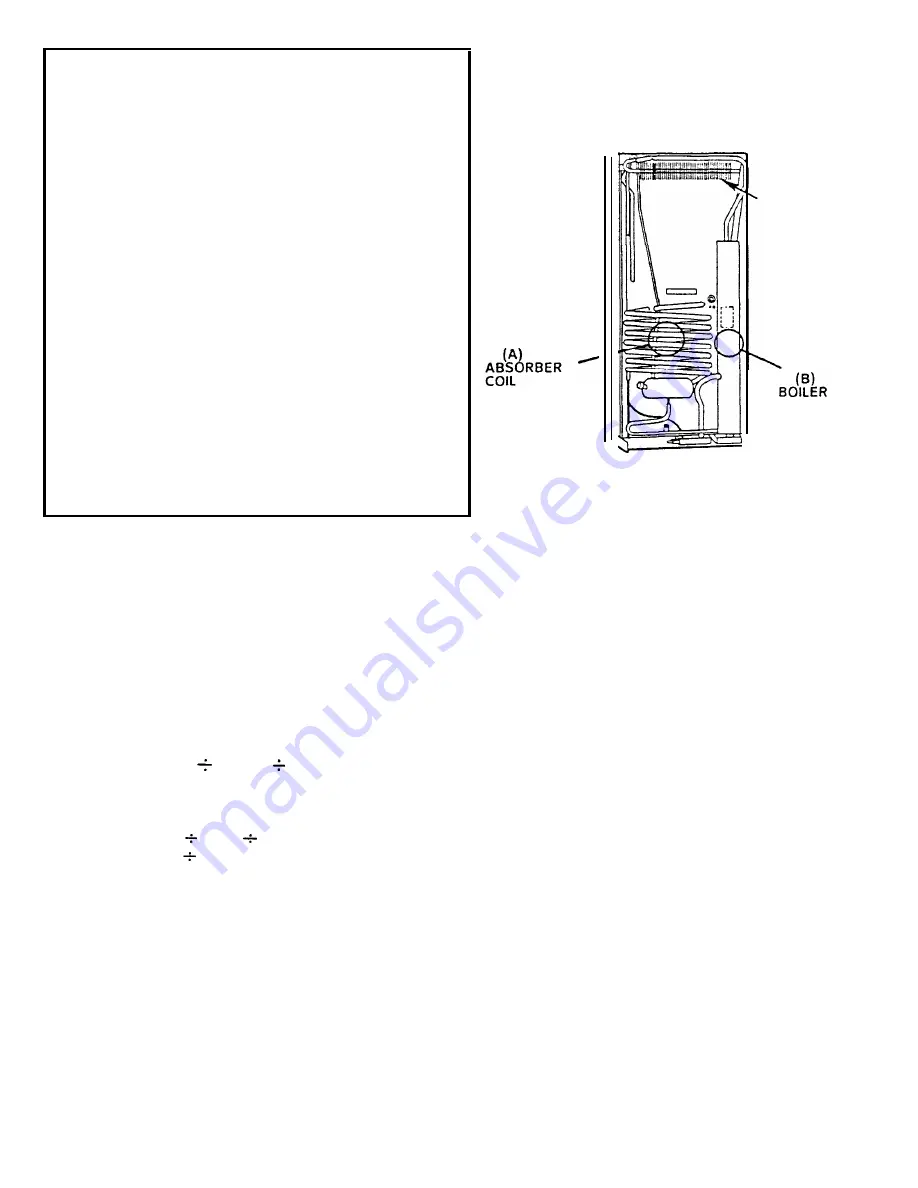
[Bulletin R61/7A continued)
B.
1.
3
3.
4.
PERFORMANCE TEST
First perform all the preliminary checks
described previously.
Remove all food from the refrigerator and
place all controls in the OFF position.
Place an accurate thermometer in an ice
cube tray, half filled with water, and place
the tray in the center of the lower food
storage compartment. N O T E : I f
a
remote-
reading thermometer is used (allowing
temperature readings without opening the
door) the tray of water is not required.
Make sure the AC heating element is the
correct wattage for the model being tested,
and that the resistance reading is correct.
(See
“Checking Resistance of a Heating
Element”
below.)
Connect 120 volt AC power directly to
the heating element leads (make sure the
leads are not connected to the refrigerator
circuit), then check the voltage at the
element with a volt meter. Reading must
show at least 115 volts.
CHECKING RESISTANCE OF A HEATING ELEMENT
A simple test to check a heating element is to
measure the resistance through the element
with an ohmmeter. The correct resistance, in
ohms, can be calculated if the wattage and
voltage ratings are known. (These ratings are
stamped on all Dometic heating elements.)
Use this Formula:
Volts (Watts Volts) = Ohms
Example:
Heating element rated 135 Watts at 110 Volts.
110 (13.5 110) or,
110
1.23 = 89.4 ohms
The ohm reading should be within 10% of this
figure, or between 80.46 and 98.34 ohms. Use
the lowest setting on the ohmmeter which will
give an accurate reading.
When testing a 12 volt heating element, a
very accurate ohmmeter must be used because
of the very low readings that will be found.
For example, a 200 watt element will have a
reading of .72 ohms (less than 1 ohm).
5.
After two hours of operation, check
temperature on the back of the cooling
with your hand, at the locations shown.
FIG. Bl
(TEMPERATURE
TEST AREA)
the
unit
CONDENSER
ENCLOSURE
(TEMPERAT
U
RE
TEST AREA)
Under normal operation the temperature at
the absorber coils (A) and the boiler (B)
should be approximately the same. If the
temperature at the absorber coils (A) is
much hotter it indicates loss of refrigerant
and the cooling unit must be replaced. If
the temperature at the boiler (B) is very hot
and the absorber coils (A) are cool it indicates
that the refrigerant is not circulating properly.
This could indicate:
A.
Liquid trapped in the evaporator sections,
caused by out-of-level operation for a
period of time. Resetting the refrigerator
to a level position will not necessarily
correct the problem as liquid can remain
trapped even after level is corrected.
Shut off the heat source and let the
system cool down, then re-start it and
observe the temperatures at A and B
again after several hours. If the same
condition exists it could indicate:
B. A permanent blockage within the boiler
pump tube, caused by too much heat
applied to the burner (oversized orifice
or heating element) or prolonged operation
of the unit when out-of-level or with
restricted ventilation. This type of
blockage consists of hard deposits inside
the boiler pump tube. This condition is
not repairable and the cooling unit must
be replaced.
D-9-12
Manual
Compliments
of
Northwest
RV
Supply
Printed
From
http://www.nwrvsupply.com

